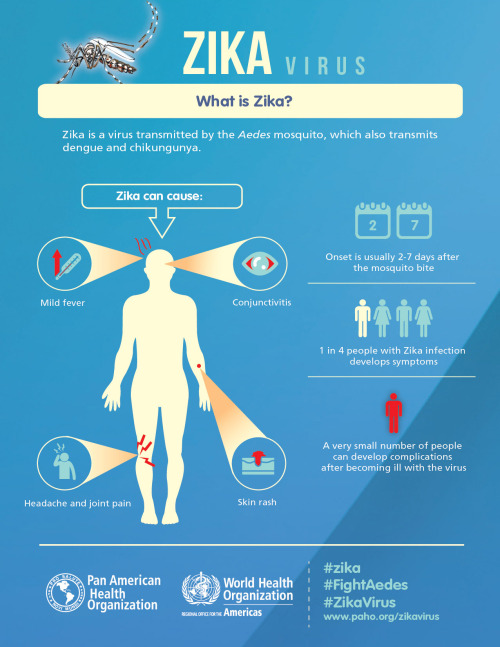#the new york times
2048 pixels - 2021 10 28 - Isle of Wight by Robbie Lawrence for The New York Times CUMBERBATCH13
CUMBERBATCH-COWBOY-ADV07-6_256.JPG
Benedict Cumberbatch on the Isle of Wight, England, Oct. 28, 2021. The actor is earning some of the best reviews of his career for his turn as a vicious bully in “The Power of the Dog.” (Robbie Lawrence for The New York Times)
Post link




Actress/comedian Janelle James aka Principal Ava Coleman of “Abbott Elementary” for The New York Times. Photography by Kendall Bessent.
The mosquito-borne Zika virus has begun appearing in North America, with recent numbers released by the New York Department of Health indicating over 233 cases in New York City alone since January. Though most of the New York cases are believed to be travel-related (mainly from those recently in the Dominican Republic), at least two cases in New York State are thought to be the result of sexual transmission. Nine other countries have also reported Zika infections in people who had not traveled to distinct outbreak areas but who had sexual contact with others who had.
According to the CDC, all known cases of sexual Zika transmission have been male to female and have been caused by either vaginal, anal, or oral sex without a condom. This type of transmission is particularly worrisome since men do not necessarily need to exhibit symptoms at the time of transmission.
On the CDC’s page on Zika and Sexual transmission, they state that there is a lot that we still do not know about Zika and sex:
- We don’t know if men with Zika who never develop symptoms have the virus in their semen or if they can pass Zika through sex.
- We don’t know if a woman with Zika can pass the virus to her sex partners.
- We don’t know if Zika can be passed through vaginal fluids during vaginal or oral (mouth-to-vagina) sex.
- We don’t know if Zika can be passed through saliva during kissing.
- We don’t know if sexual transmission of Zika poses a different risk of birth defects than mosquito-borne transmission.
Despite a impasse in congressional funding, Zika sex research has begun in the U.S.. Reuters recently reported that “Borrowing money earmarked for other programs, the U.S. National Institute of Allergy and Infectious Diseases has started enrolling men infected with Zika in Brazil and Colombia in the study to determine how long the virus remains transmittable in semen. The study could take years to complete, but interim results could help public health officials fine-tune their recommendations on sex.
“We are going out on a limb, but we have to,” Dr. Anthony Fauci, director of the U.S. institute, said in an interview. “We can’t say we’re going to wait until we get all the money.””
Read more about the rash of Zika Cases in NYC in The New York Times here.
Read more about the sexual transmission of Zika at the CDC here.
Post link
In a recent report, researchers at Harvard Medical School brought up a promising yet eerie prospect in stem cell research– the development of synthetic embryos. Scientists are now able to assemble stem cells that can organize into embryo-like structures, and the day may not be far off when these cells lead to the development of complex human tissues and organs that can resemble those found in adult humans.
Sheefs, which stands for “synthetic human entities with embryo-like features”, exist even today but only as simple assemblies of cells.
From The New York Times’ article:
But in the future, they may develop into far more complex forms, the researchers said, such as a beating human heart connected to a rudimentary brain, all created from stem cells. Such a Sheef might reveal important clues about how nerves control heartbeats. Scientists might be able to use other Sheefs to test out drugs for diseases such as cancer or diabetes.
However, the full potential of this avenue of research may soon push the boundaries of what is currently legally acceptable. A rule that has been in existence since 1979 prohibits lab-raised embryos from being allowed to grow for more than 14 days. Scientists have largely found this to be a reasonable restriction because of how easy it has been to follow—until recently, scientists couldn’t even come close to keeping human embryos alive for even 1 week. But this may soon change.
Last year, two teams of scientists determined how to grow human embryos for 13 days. Those advances hinted that it might be possible to allow scientists to tack on a few days more, by changing the 14-day rule to, say, a 20-day rule.
To read more about this complex new route of research, read “A New Form of Stem-Cell Engineering Raises Ethical Questions” in The New York Times.
Post link
Finding life on Mars has captured the imagination of generations, but experts still aren’t sure what exactly we’re looking for. The Danakil Depression in Ethiopia, with a landscape of boiling pools of water and mounds of salt and sulfur that itself seems extraterrestrial, might offer some clues. Despite being one of the lowest, hottest and driest places on Earth, the region is host to extremophiles–– microbes that thrive in these inhospitable conditions.
Dr. Felipe Gómez Gómez of the Centro de Astrobiología in Madrid, who is working on isolating and studying these bacteria, believes learning to identify life in extreme environments here on Earth is the key to identifying any alien life that might be out there.
“What is life? What are the limits of life? Scientists don’t agree on what is life,” Dr. Gómez said. “If we find life on Mars, would we be able to recognize it? We don’t know.”
These organisms might also provide insight into how potential life-forms might survive in the sparse environment of Mars. From the article:
These simple organisms can survive with a “very small battery,” and were probably among the first bacteria on Earth, Dr. Gómez said. “That is what makes them so interesting from an astrobiological point of view.”
Organisms such as chemolithotrophs don’t require traditional means of sustenance like light and organic compounds and instead use inorganic compounds such as sulfide, hydrogen and ammonia as energy sources. Though they might be a far cry from little green men with antennae, they could offer us a more realistic idea of what to expect if and when we finally make “first contact”.
Read more at The New York Times here.
Post link
“If you’re making resolutions for a healthier new year, consider a gut makeover.”
This is the starting sentence of a recent article in the New York Times, “A Gut Makeover for the New Year.” Given the recent uptick in research on the many effects the intestinal microbiota may have on human health–– our nutritional intake, our immune systems, and even diseases ranging from allergies to diabetes to depression–– a ‘makeover’ of these microbes could have a huge effect.
Much of the composition of the microbiome is established early in life, shaped by forces like your genetics and whether you were breast-fed or bottle-fed. Microbial diversity may be further undermined by the typical high-calorie American diet, rich in sugar, meats and processed foods. But a new study in mice and people adds to evidence that suggests you can take steps to enrich your gut microbiota. Changing your diet to one containing a variety of plant-based foods, the new research suggests, may be crucial to achieving a healthier microbiome.
Achieving this healthier microbiome, the article admits, will probably not be an easy feat, and will take an as-yet unspecified amount of time.
“The nutritional value of food is influenced in part by the microbial community that encounters that food,” said Dr. Jeffrey Gordon, the senior author of the new paper and director of the Center for Genome Science and Systems Biology at the Washington University School of Medicine in St. Louis. Nutritional components of a healthy diet have to be viewed from “the inside out,” he said, “not just the outside in.”
Dr. Gordon’s study, published in Cell Host & Microbe recently, looked into how diet affects this microbial community. Human gut bacteria was placed into sterile mice, who were fed various diets and analyzed. Among the most interesting findings were that a ‘calorie restricted’ group of mice (eating less than 1,800 calories a day of plant-based foods for two years) had a richer microbial community and more strains of “good” bacteria. Mice fed a ‘typical American diet” (3,000 calories a day featuring processed cheese, lunch meats, and few fruits and vegetables) did not fare quite as well.
For more information on how to reboot your gut for 2017 read the rest of the article in The New York Times here.
Post link
‘Citizens Of Kyiv’
The Photographer Alexander Chekmenev Captured Fortitude, Desperation And Resolve In A City Under Attack
Donate to support the Ukrainian Red Cross to help civilians in this difficult time for Ukraine. You can donate right now:
Donate page on the URCS website: redcross.org.ua/donate
iRaiser platform donate.redcrossredcrescent.org/ua/donate
(in Ukraine) SMS to the number 88033 Vodafone. The cost of a charity SMS is UAH 20.
Alexander Chekmenev/The New York Times
Post link




















